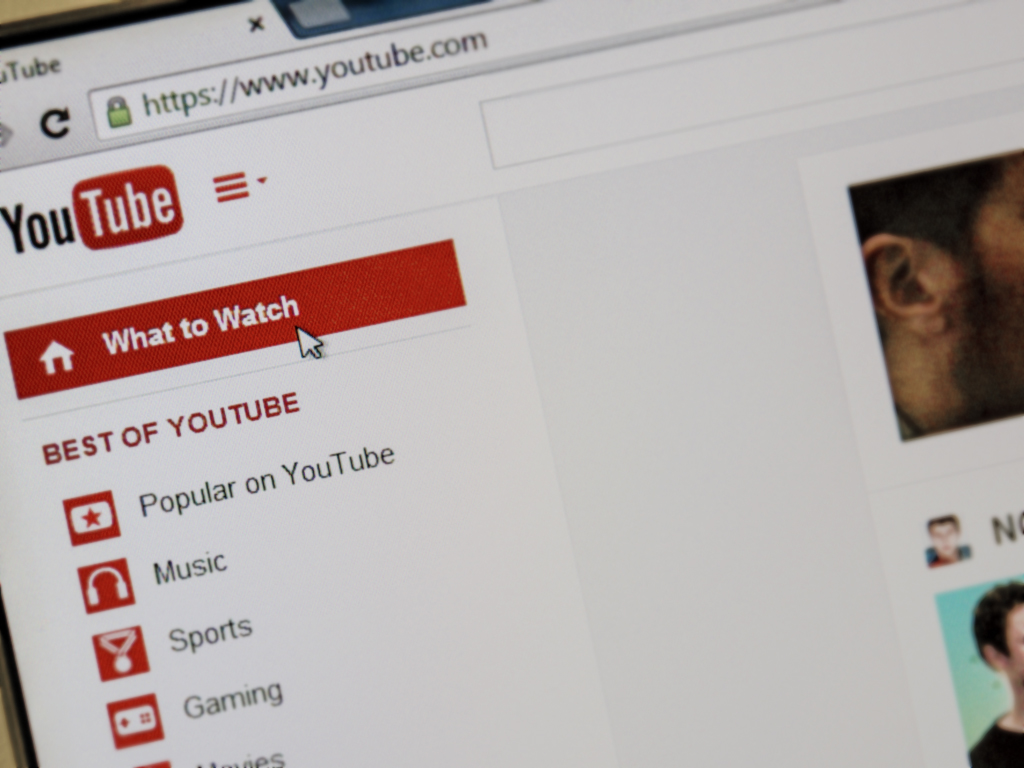When we talk about optimizing brand presence, it has historically been limited to search engines like Google and Bing. However, consumers search – and discover – on many other platforms, including Amazon, Pinterest, YouTube and Instagram. And that means there are plenty of opportunities for brands and marketers therein.
Some of the SEO basics remain despite the platform, like finding the best keywords and creating good content to establish relevance.
“The on-page SEO is fundamentally the same for each platform: Understanding the types of queries people are using within a particular platform and using those keywords strategically within and around the content,” said David Erickson, vice president of online marketing at Karwoski & Courage Public Relations.
And, for his part, Michael Lan, digital marketing consultant at edtech language learning company Glossika, said keyword research tool Keyword Tool allows users to do keyword research for a number of these non-traditional search platforms like YouTube, Amazon, eBay and even the App Store.
What’s more, Laura Simis of inbound marketing and website design agency Coalmarch Productions, said most of her firm’s clients are small businesses and she has found non-traditional search engines sometimes provide an opportunity to gain an edge over competitors.
“Even within [the] service-based industry, these platforms can be helpful in brand building and helping move customers one step closer to purchasing a service,” she added.
At the same time, consumers come to these platforms for different reasons, which means there are optimization distinctions, too. Here’s a closer look at how to optimize for intent on specific platforms:
AMAZON
Many consumers come to Amazon first when they are looking for products online. This is how brands can capitalize:
Listings
Ryder Meehan of acquisition marketing consulting group Meehan Digital said to optimize every available element of an Amazon listing, including completing all description fields using target keywords and adding photos and videos.
Digital consultant Rob Weatherhead agreed Amazon is looking for relevancy of product names and descriptions, followed by prices, reviews and sales to determine product popularity.
In particular, RaShea Drake, communications specialist at ISP Frontier Communications, said longtail keywords are more important on Amazon because consumers use longer phrases to find specifically what they want there.
“From a technical perspective, you really need to understand [Amazon’s] merchant database format and how each piece of data for a given product is displayed where on a product listing and where that data shows up on SERPs,” Erickson added.
Reviews
Erickson also noted merchant reputation is hugely important for Amazon, so ensuring customers have a fantastic experience with your products and providing superb customer service are crucial.
“Amazon merchants need to have a well-thought-out system for soliciting feedback from customers and prompting them for ratings and reviews,” he added.
Amazon’s own ad products
When tapping into Amazon sponsored listings, marketers should go broader and higher funnel with keywords than they would with AdWords because the volume is lower and the user is more likely a buyer.
That’s according to Meehan, who added, “ For example, a small watch retailer who couldn’t afford to bid on something as broad as ‘men’s watches’ on AdWords would probably want to bid on this term on Amazon.
Like Amazon, Pinterest also leans more toward shopping than Google. At the same time, Meehan noted most of Pinterest’s traffic comes from Google, so basic optimization tips work here, too. However, in addition, brands should focus on:
Engagement
For the largely social channels like Pinterest, as well as Facebook and Twitter, Erickson said engagement signals such as shares, retweets and pins play a large factor.
“The authority of the original poster of content is a significant factor as well, as you might imagine,” he added. “People with larger audiences have more opportunities to have their content shared. People who are topical experts will get engagement from people who demonstrate an interest in that topic. Those signals will help such content earn visibility within search.”
Imagery
Focus on distinctive images – including infographics – in order to make an impression, Meehan said.
Answering questions
Drake recommended tapping into consumer questions about how to do things and using those questions in titles and descriptions as well.
Ad products
And, like on Amazon, advertisers can go broader with their ad terms when using paid Pinterest keyword ads, Meehan added.
YOUTUBE
According to Erickson, YouTube is more like a traditional search engine than other social channels.
In addition, Julie Howell, market data organizer at marketing agency Postali, noted Google sometimes displays YouTube videos directly in search results, so there’s great potential for exposure for videos that rank highly on the platform.
Here’s what matters most to make that happen:
Keyword research
Tap into a tool like Google Trends to see what is trending in YouTube searches when looking for channel keywords, Howell said.
Titles and descriptions
Kevin Drolet, founder of media agency cThru Media, said video titles should be at least five words long and include keywords at the beginning.
“Since Google and YouTube can’t listen to videos, they rely on a text description to figure out the video’s content,” Drolet said.
That means brands should put website links at the top to maximize click-through rates to their sites and include the keyword in the first 25 words.
Howell recommended trying to write at least 200 words in descriptions, as well as linking to your brand website and other social media profiles.
Content strategy
Howell also said brands should keep YouTube viewers specifically in mind when crafting a content strategy for the video platform rather than, say, simply creating video content as they would for a blog.
“On YouTube, tutorials and testimonials tend to have more search interest,” she added.
Keeping viewers watching
Howell noted watch time is another big signal on YouTube.
“So if you’re looking to rank high on YouTube, you need to make sure that you keep your viewers watching,” she added.
Lan agreed YouTube is similar to Google in that the more traffic/views that are generated, the higher a page/video will rank.
“View count is also highly correlated with high rankings, so the more you focus on marketing your videos and increasing their view count, the more likely you are to boost their ranking,” Howell said. “At the end of the day, YouTube is trying to rank the best videos, so any efforts to create engaging and interesting videos will be rewarded.”
In order to keep viewers watching, Drolet said to provide a quick summary of the video in the beginning and then jump right to the content the viewer wants to see. In addition, marketers should add open loops to preview what’s coming and encourage viewers to keep watching.
Howell also recommended selecting an enticing video thumbnail and ensuring the title and description are not misleading.
“[One thousand] people clicking your video and watching it all the way through will lead to much better rankings (and views in the long term) than 10,000 viewers who only watch one second,” she said.
Likes
Brandon Schroth, owner of SEO firm Click First SEO, also noted a big signal is whether viewers subscribe to your channel after watching your video.
“Shares and favorites are also signals, as well as Thumbs Up/Thumbs Down,” he added.
Length
For his part, Drolet said longer videos rank higher in YouTube and Google and so marketers should try to make videos at least five minutes long.
Howell, however, advocated for marketers to be as concise as possible.
“Every second should serve a purpose, every second should be working to keep your viewer engaged,” she said. “Once you start seeing your watch time (and percentage of video time watched) increase, you’ll see a boost, not only to the video itself, but to all videos you publish on that channel.”
According to Samya France, director of public relations and social media at digital marketing firm Ignite Visibility, being found on Instagram depends on the quality of images and video uploaded, as well as frequency and consistency. Her other tips include:
Hashtags and location
In addition, brands should tap into these features to increase the odds they will be found by nearby users, France said.
Instagram Stories
What’s more, France noted Instagram Stories allow for brands to tap into users who have not yet followed them – and these stories can be further optimized by adding hashtags so they show up in stories showcased by Instagram.
EBAY
And, finally, to optimize rankings on eBay, Lan said to look no further than your own seller rating.
“This acts similarly to domain authority and how sites with higher DAs will typically rank higher than sites with lower DAs,” he said. “Similarly, products from sellers with higher ratings will typically rank higher in the product listings than products from sellers with lower ratings.”


